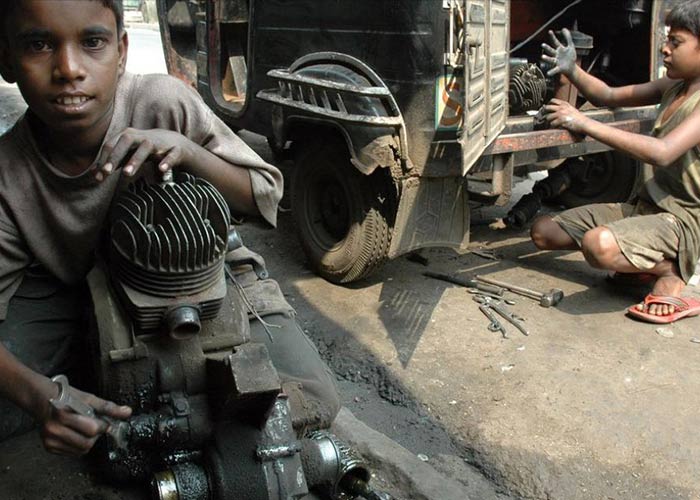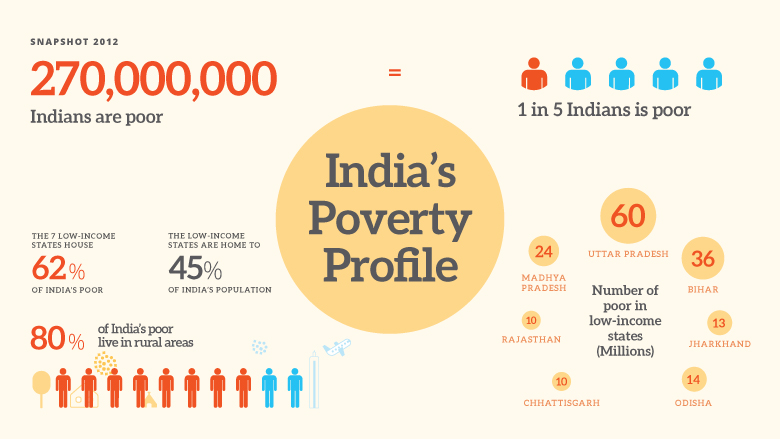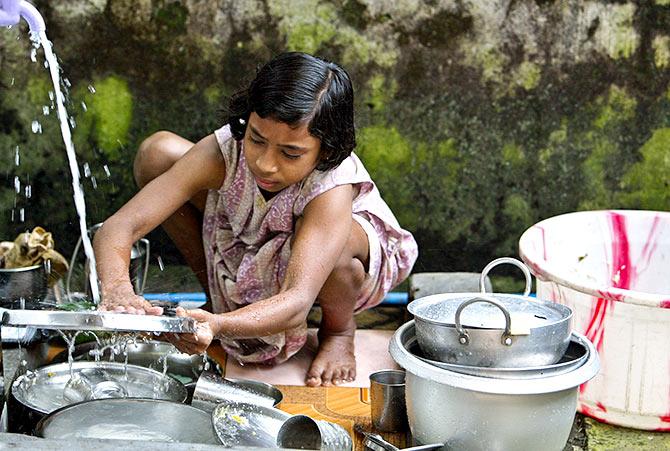 In India, more than 5 million children are engaged in labour work that is completely not acceptable in order to make our country healthy, wealthy and socially developed. Survey says that, poverty and shortage of good primary schools are the main cause for child labour. Except that, mental state of parents also affects this crime. Until a parent is not aware of harmful impacts of this crime “child labour” on their children, it is almost impossible to end this crime. Extreme poor and rural areas are the sources of this evil “Child Labour” or “Child Slavery”. This trend has developed in rural areas to send their kids for work instead of sending them to school to get education.
In India, more than 5 million children are engaged in labour work that is completely not acceptable in order to make our country healthy, wealthy and socially developed. Survey says that, poverty and shortage of good primary schools are the main cause for child labour. Except that, mental state of parents also affects this crime. Until a parent is not aware of harmful impacts of this crime “child labour” on their children, it is almost impossible to end this crime. Extreme poor and rural areas are the sources of this evil “Child Labour” or “Child Slavery”. This trend has developed in rural areas to send their kids for work instead of sending them to school to get education.
There are so many places in India where this crime still exists like households, real estates, hotel and restaurants, manufacturing plants, handicraft industry, entertainment industry, coal & mines, etc. Some of them are too hazardous and dangerous for young ones which can physically and mentally damage them like exploitative occupation of coal mines and industries of matchbox and fireworks, but still children are working there in excess number.
Children are getting affected physically, mentally, socially, and morally due to this unacceptable crime “Child Labour”. It has targeted many countries in the form of undeveloped economic structure which has resulted in poverty, illiteracy, high population, corruption, unemployment, criminal activities, etc.















